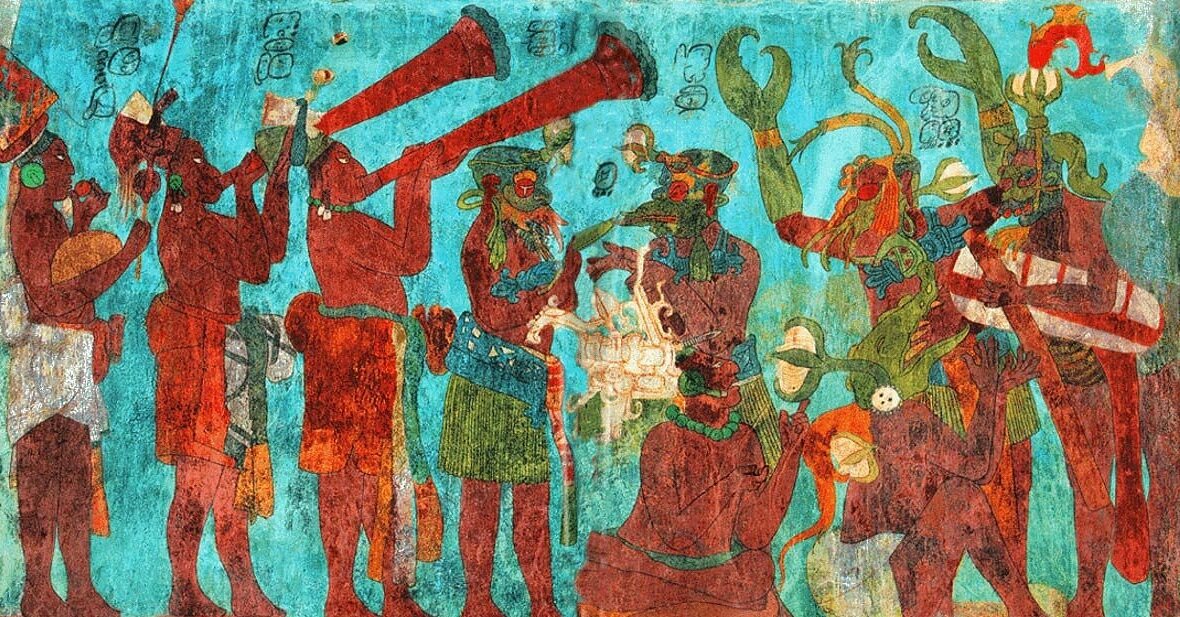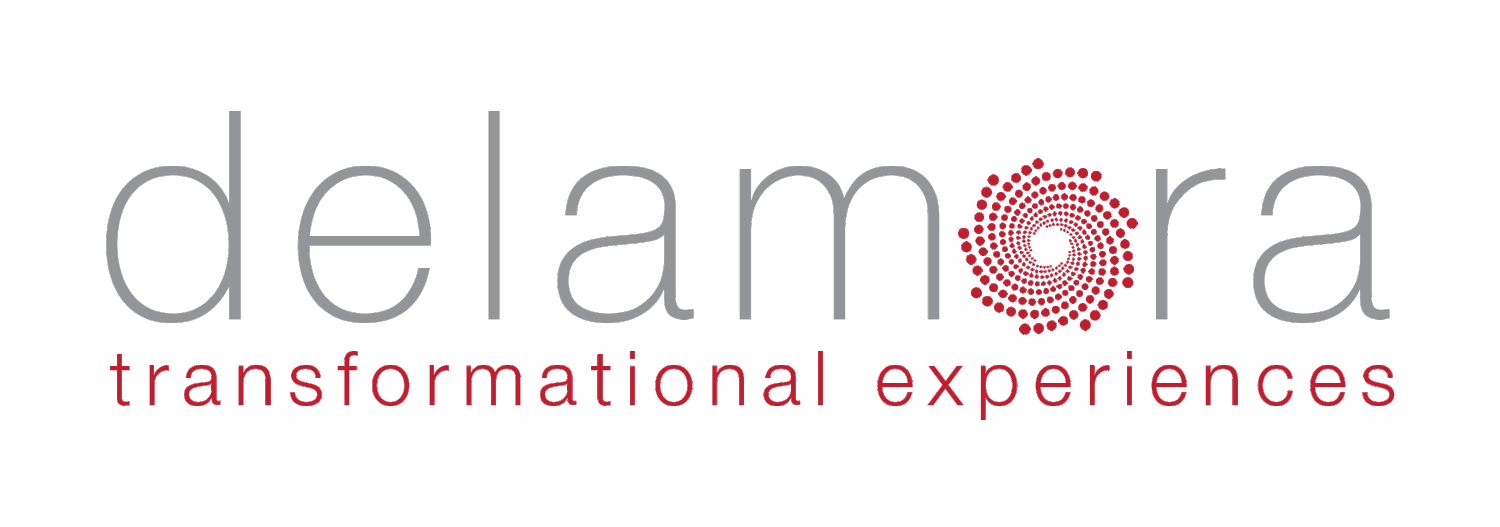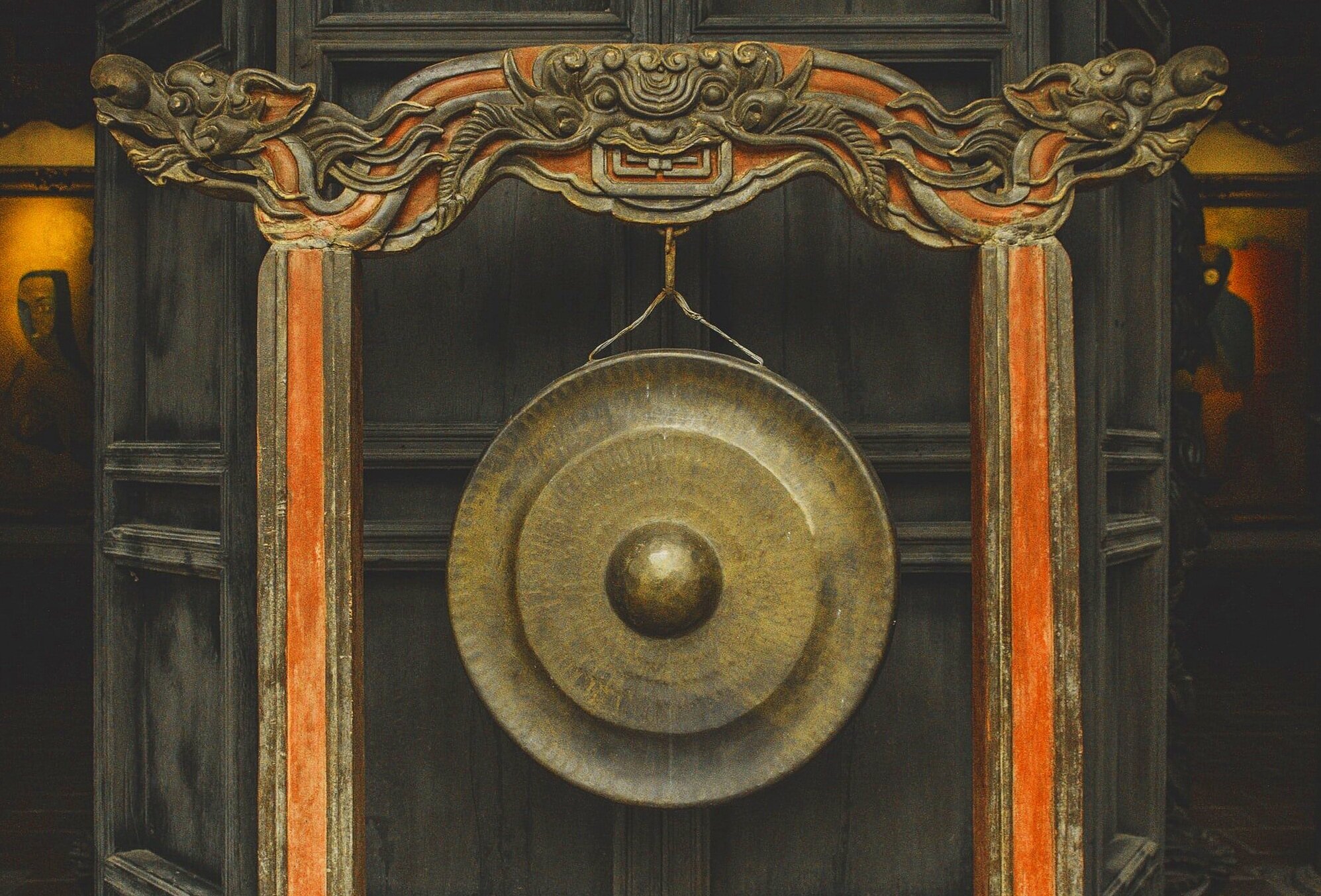
On Gongs, Sound and Music Instruments
The ancients knew about the healing and mind bending qualities of sounds of gongs and other instruments used as medicine
This page gives you a brief introduction to various instruments that are commonly applied in sound healing, ceremonial and shamanic practices
Gongs
The sound of a gong changes time and locality. Skillfully played, gongs provide the entry point to self-recovery, they can pull an individual back from “the edge” and create a different platform for their existence.
The transformational qualities of gongs were known to ancient cultures such as Egyptians, Greeks, Romans, Persians, Mongols, and Uighers. The gong is mentioned in writings during the 6th century in the time of the Emperor Hsuan Wu, originating in the country of His Yu in the western area in what was the Jang Kingdom between Tibet and Burma. Evidence suggests that gong making was known as early as 4,000BC and ancient alchemy sources put the gong as far out as 16,000BC.
The Gong is one of man’s most powerful and oldest transformational and therapeutic instruments. It has been used for ritual, ceremony, prayer, and meditation since the Bronze Age. Sound gongs, and when skillfully played, the practitioner can turn most gongs into meditation gongs.
Drums
Drums made with alligator skins have been found in Neolithic cultures located in China, dating to a period of 5500–2350 BC. In literary records, drums manifested shamanistic characteristics and were often used in ritual ceremonies. Drums of many different types can be found in most cultures on the planet. The drum has or is is being used in ceremony, ritual, and shamanic healing; for entertaining purposes drums are part of any orchestration in classical, jazz, rock and many other settings. Generally made of wood and animal skin, a wide variety of drum bodies have been used over time such as human skulls, turtle shells, clay, and metal, covered with stretched skins from sharks, elephant, goat, elk, snake, and more. Drumming is used to unite communities in entertainment, ritual or gathering, for communication over distances, initiate trance, journeying, and even marching into battle. Coupled with some stunning visuals, you can get a very good taste of it at our like minded friend John Pritchard’s site Medicine Drumming, enjoy.
Didgeridoo
A wind instrument, played with continuously vibrating lips to produce a continuous drone while using a special breathing technique called circular breathing, the didgeridoo was developed by Aboriginal peoples of northern Australia. It is now in use around the world, though still most strongly associated with Indigenous Australian music.
Most likely the oldest musical instrument in the world. Cave paintings in Australia show didgeridoos being played in pictographs that date to 40,000BC. Originally the didge is made from the hollow log of the eucalyptus or other trees that were hollowed out by termites, and used as the primary ritual wind instrument of the Aborigines. Many contemporary versions exist that are made from other woods or materials. The didgeridoo is used in ceremonies to 'pull' the listener into the Dreamtime.
Singing Bowls
Singing bowls originated in the pre-Buddhist, shamanic Bon Po culture of the Himalayas. Often called “Tibetan” singing bowls, they are actually made in Bhutan, Nepal, India, and Tibet. They are ‘resting bells’ or ‘resting gongs’ whose origin seems to date back to a Bronze Age in China, some 4,000 years ago.
Singing bowls are ancient instruments for personal transformation. They can be used for meditation and sound healing applications due to their broad tonal range. A good quality bowl, coupled with the intention of the player / listener, assists in re-instating harmony and balance in the human body.
One of the purposes of the singing bowl is its use for meditation. The sound generated either by rimming (singing) or tapping the bowl, has the potential to take the mind away from drifting thoughts and assists listeners to slow their brainwave activity. It is within the slower theta range of 4 - 7 cycles per second (Hz), which follows the already slowed down alpha state of 8 - 12 Hz, where listeners can move into their true peaceful nature, found in the present moment, the eternal NOW - the only place where Life happens.
Human Voice
The most accessible of instruments, the 'voice' is one of the easiest instruments through which 'intention' can be directed and focused and 'raise' the vibration or frequency of the body.
Harmonic overtone singing developed by the Tuvans, passed to the Tibetans, has been used in ceremony, ritual, and shamanic practice for centuries. Native American Shaman use the voice in healing rituals, and singing to oneself when overcome by illness to facilitate healing.
Different cultures use specific vowel sounds to connect the chanter with the energies of the Divine and also for healing work. The 3 basic sounds are the long vowel sounds of 'A','I', and 'U', called by the Sufis the 'universal harmonic constants', and used in all mystic paths that utilize sounds.
Mayan shamans teach the creation of light through vocal harmonics. Their pyramids featured 'special' rooms inside to create light in, by using the voice to create a high frequency of sound that could be elevated into the spectrum of light. As a result the mayans were able to turn a dark chamber into one of radiant light.
Use of the voice for balancing and aligning the energy centers (chakras) has been applied in Hindu Ayurvedic medicine for thousands of years. Historical evidence suggests that the Himalayan Bonpo culture was the first to use the recitation of mantras nearly 18,000 years ago.
Tuning Forks
A tuning fork is an acoustic resonator in the form of a two-pronged fork of elastic, metal (usually aluminum or steel). It resonates at a specific constant pitch when set vibrating by striking it against a surface or with an object, and emits a pure musical tone after waiting a moment to allow some high overtones to die out. The pitch that a particular tuning fork generates depends on the length of the two prongs. Its main use is as a standard of pitch to tune other musical instruments.
It produces a very pure tone, with most of the vibrational energy at the fundamental frequency, and little at the overtones (harmonics).
Tuning forks, usually C512, are used by medical practitioners to assess a patient's hearing. Lower-pitched ones (usually C128) are also used to check vibration sense as part of the examination of the peripheral nervous system. John Shore is credited with the invention of the tuning fork in 1711.
The tuning forks in clinical use today can be used as a sound therapy tool and play a role in several alternative medicine modalities, such as sonopuncture and polarity therapy.
Rattles
One of man’s earliest sound instruments, is found in nearly every culture. where it accompanies many religious rites, ceremonies, and is associated with the supernatural.
In early societies, it was used to drive off evil spirits. In Native American circles, it is seen as a representative of the 3 Kingdoms of the Animal, Mineral, and Plant; and realized that a spiritual energy can be derived from it’s sound, which can clear the mind.
Rattles have a direct connection to ceremony and ritual, and were used in many shamanic traditions as well. For example, in Native American societies, rattles could signal changes in dance protocols, or in song. Sometimes being used to usher in powerful medicines and to promote healing. Rattles can connect us profoundly to ourselves and can become quite personal. Representing the spirits of the air in some cultures, rattles could cut through imagined energy lines, or disperse unwanted energetics.
Shruti Box
The shruti box, a.k.a. surpeti, and originating from the Indian subcontinent, employs bellows similar to a harmonium to provide a drone in Indian classical music sessions. It serves as accompaniment to various instruments, including the flute, and aids in tuning voices.
Chromatically tuned, shruti boxes cover a full octave, typically from C to C and G to G, with variations available in different scales and octaves. Male shruti boxes are tuned an octave lower than female ones, chosen to match vocal registers in ensembles. Manipulating the note flaps adjusts pitches, creating chordal drones during performances, with "shruti" referring to the smallest discernible pitch interval in Sanskrit.
Shruti is like the soul of the Indian Music. It is said “Shruthirmaatha”- Shruti is the divine mother of music. The shruti is the basis of the music-the base of all notes. Shruti is the divine source from where the music is born and flows melodiously. Shruti is just like the mother who gives birth to her offspring and guides him/her throughout the life without going off the track. Shruti guides the singer throughout the concert without losing track.
Additionally, Shruti, a Sanskrit term meaning "that which is heard," comprises the most authoritative religious texts in Hinduism. Unlike other Hindu philosophical texts, Shruti spans a significant period and encompasses much of Hindu history. It includes the four Vedas: Samhitas, Brahmanas, Aranyakas, and Upanishads.
Ocean Drum
The ocean drum is a percussion instrument that can produce soothing ocean sounds. They actually originated in Nepal, a land-locked country in the Himalaya and a long way from the sea. The intention was, however, to imitate the sound of water.
The ocean drum is held by the frame, with the heads horizontal, and played by rolling the wrists so the drum gently tilts in all directions. The metal beads inside roll over the bottom head like water rolling over the shore. Different speeds produce different sounds and intensities in volume. Stopping and starting suddenly creates crashing wave sounds.
When played skillfully, and with a good quality instrument, a player can create the impression of water on the beach or water running in a creek. Sometimes people also experience the sound as wind.
Content research on this page includes resources found on 9ways.org









